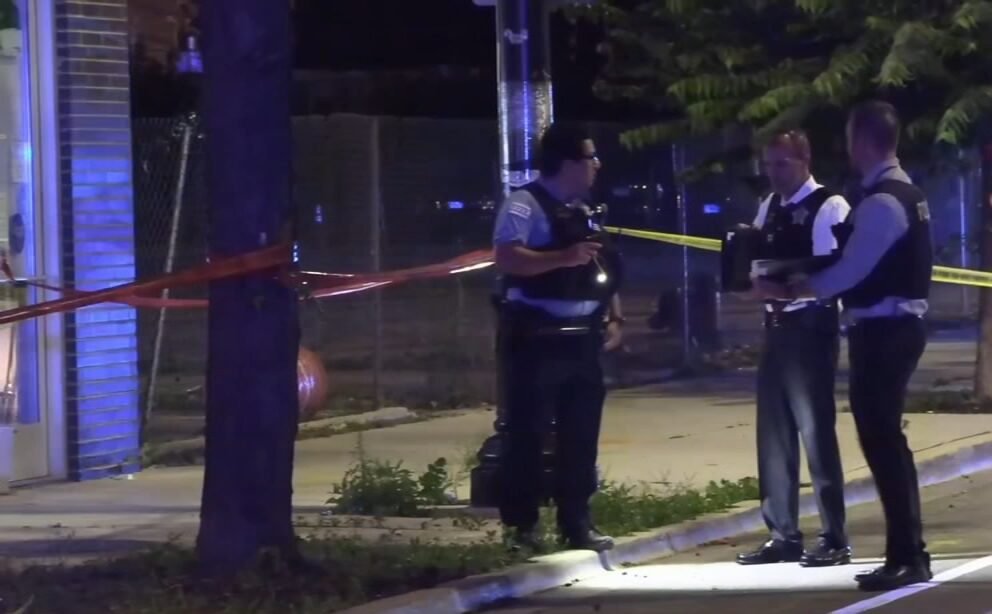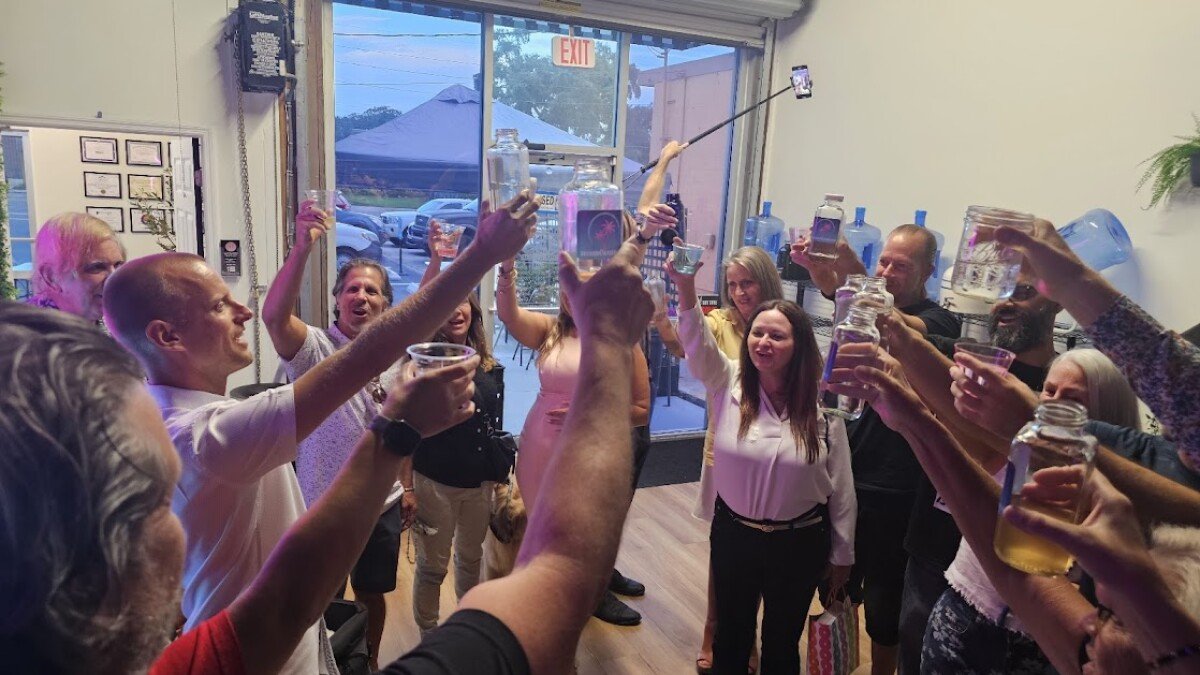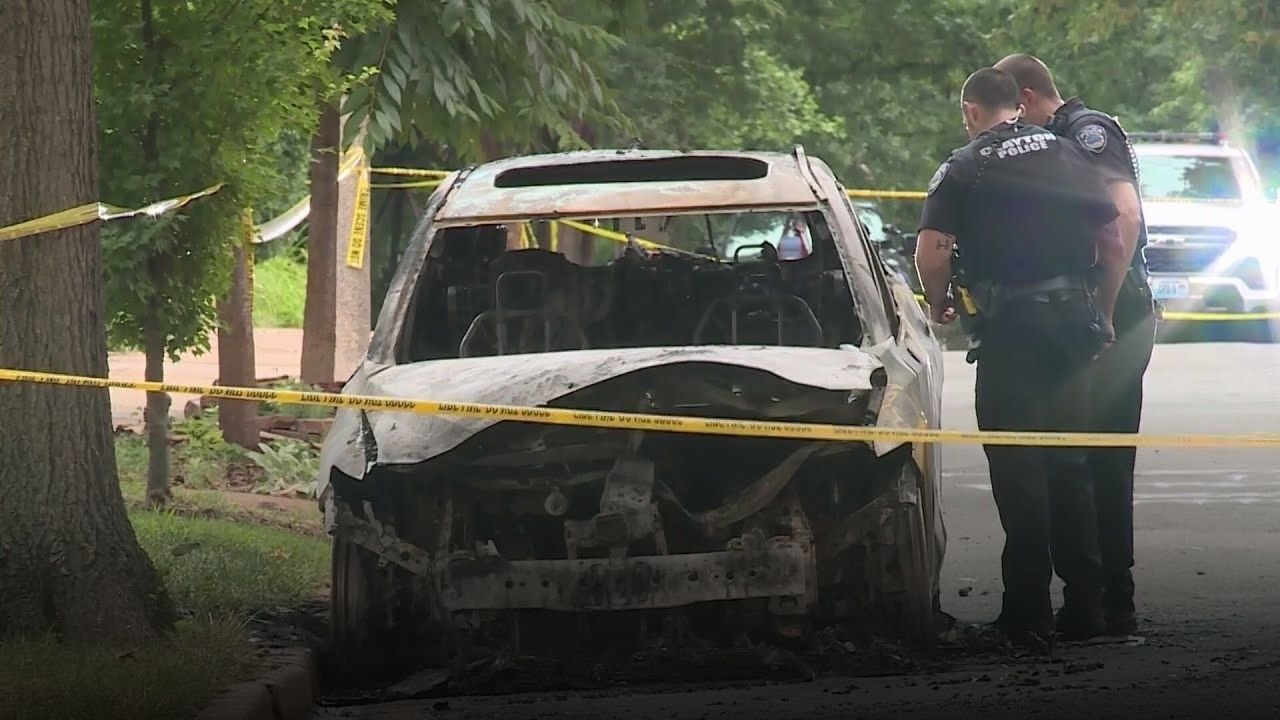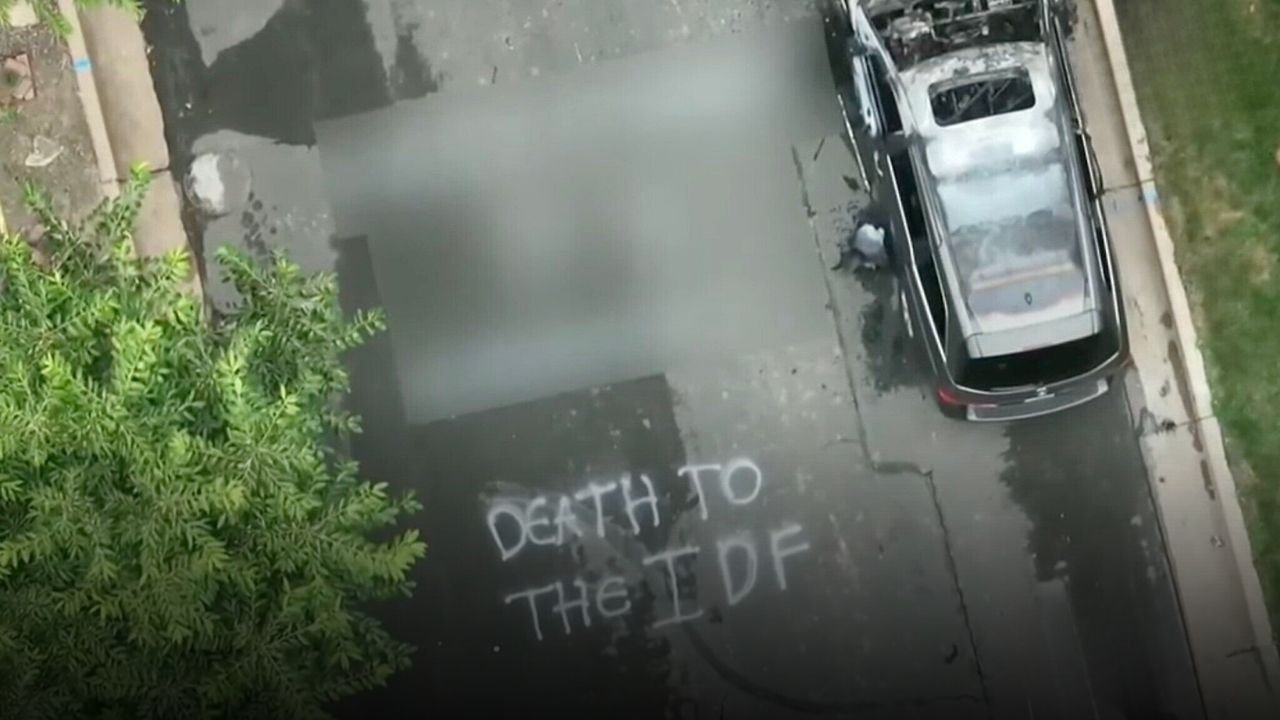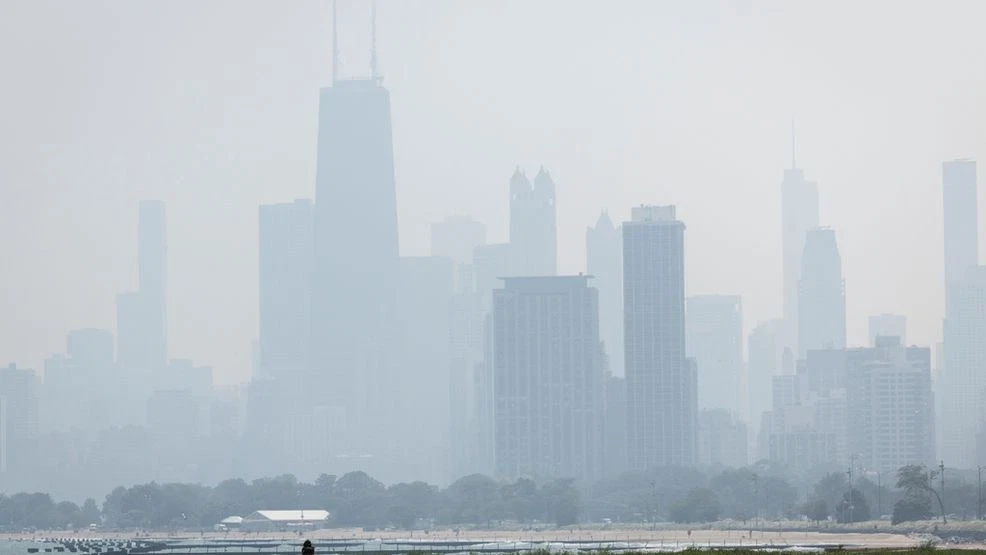CHICAGO — On July 9, 1951, a group of shotgun-wielding robbers in butcher smocks attempted to rob a Brink’s security truck parked outside the Bowman Dairy Company near Goose Island. The attempt failed spectacularly — and the incident offers a rare glimpse into a forgotten corner of Chicago’s crime history.
The Robbery and the Guards Who Fought Back
That summer day, Brink’s guards Julius Blanchart, Emmett Ebert, and Theodore Kobylinski confronted three armed men. Within minutes, a gunfight and scuffle left two robbers — Rocco Belcastro and Frank Piazza — dead, while two others fled in a getaway car.
Years later, Ebert’s grandson, Matt Ebert, discovered the story through an old newspaper clipping. He learned that his grandfather, who later became a Chicago police detective, never spoke of the event to his family.
The robbers’ unusual attire gave rise to a short-lived nickname: the “Butcher Smock Mob”, a group wanted for several heists in the weeks leading up to the Brink’s attempt, according to a report from WBEZ Chicago.
Notorious Criminal Records
Both slain robbers had long criminal histories. Piazza had been linked to the 42 Gang, a Prohibition-era youth gang whose alumni included future mob boss Sam Giancana. Belcastro’s record included prison time at Alcatraz and involvement in a high-dollar check-cashing service robbery a month earlier.
The third robber, Michael Pranno, was arrested two years later. Historian Rich Lindberg described the crew as “criminal psychopaths” for carrying shotguns with clear intent to use them.
Copycats and Criminal Symbolism
Even after the 1951 shootout, butcher smock-wearing robbers continued to appear in Chicago crime reports — from a 1952 UPS office holdup to a 1958 tea store robbery by teenagers. Lindberg believes these were likely copycat criminals inspired by the original mob.
Given Chicago’s legacy as the “hog butcher for the world,” some historians suspect the attire may have symbolized both disguise and intimidation.
Ties to the Chicago Outfit
Old newspaper accounts link Belcastro to Chicago’s organized crime network. In a 1954 Tribune exposé, a union leader identified Belcastro as one of two gangsters who tried to extort him — the other being Vincent Inserro, a known Chicago Outfit member and associate of Giancana.
Lindberg notes that during the 1950s, independent thieves were expected to pay a “street tax” to the Outfit or face deadly consequences.
The Legacy of Emmett Ebert
Brink’s hailed Ebert and his fellow guards as heroes, awarding them cash, gold watches, and vacations. Ebert’s career extended far beyond that day — he earned a Bronze Star in World War II, stopped another armed robbery in 1964, and spent decades investigating mob leaders like Giancana.
For his family, uncovering the details of the 1951 robbery has deepened their connection to Ebert’s life. “I feel like I know my dad better than I ever did,” Matt Ebert’s father told him during their research.
Do you think forgotten crime stories like this help us better understand Chicago’s history? Share your thoughts with us at ChicagoSuburbanFamily.com.



